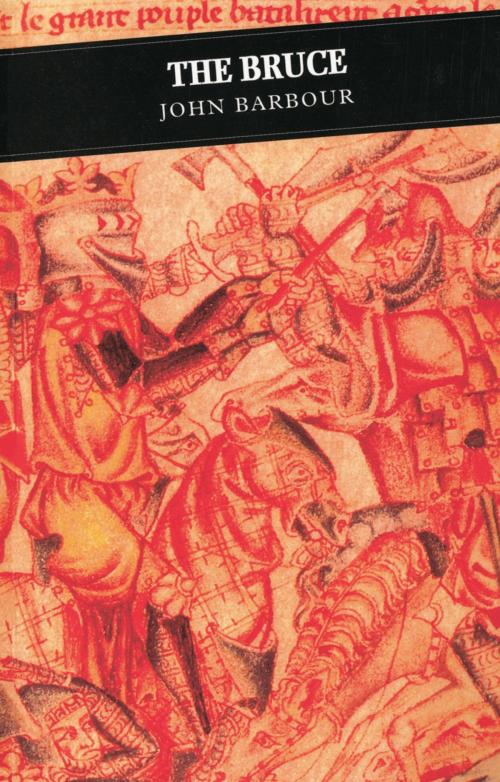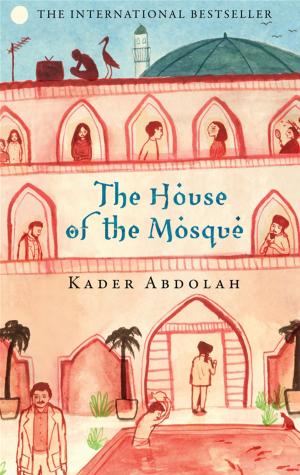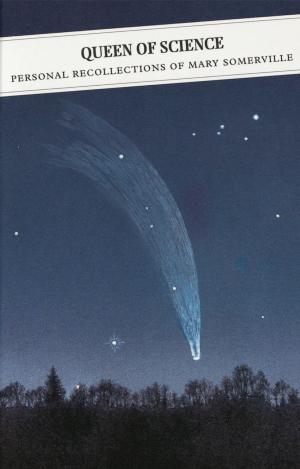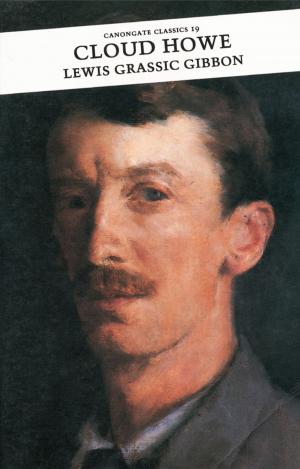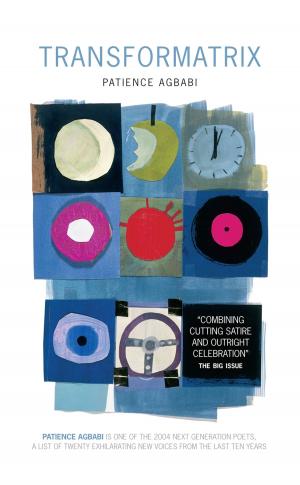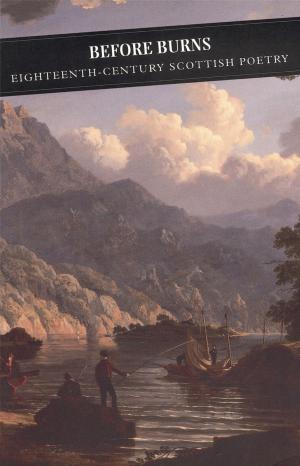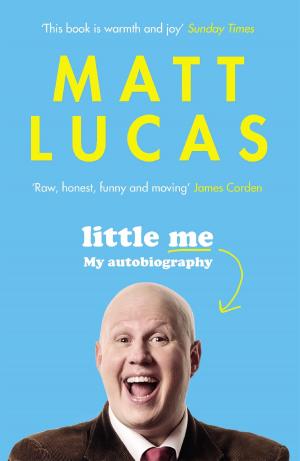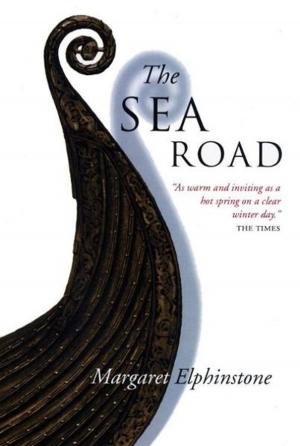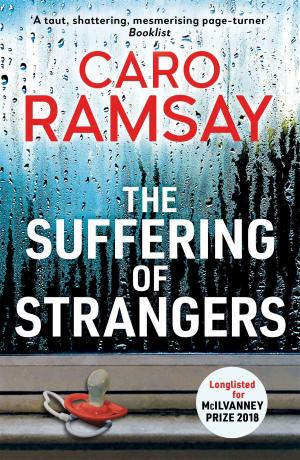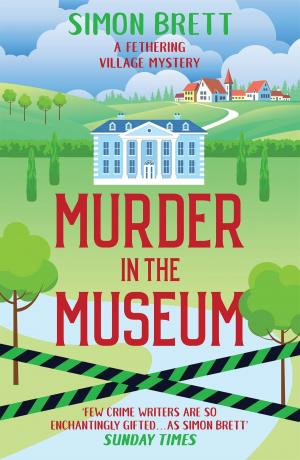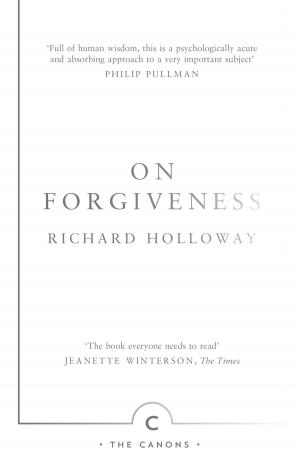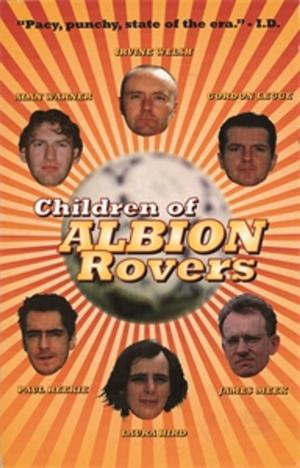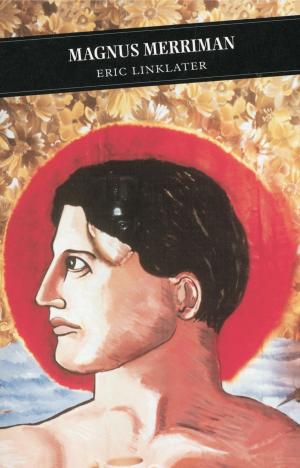| Author: | John Barbour | ISBN: | 9781847675941 |
| Publisher: | Canongate Books | Publication: | July 1, 2010 |
| Imprint: | Canongate Books | Language: | English |
| Author: | John Barbour |
| ISBN: | 9781847675941 |
| Publisher: | Canongate Books |
| Publication: | July 1, 2010 |
| Imprint: | Canongate Books |
| Language: | English |
Edited and introduced by A.A.M. Duncan. A! Fredome is a noble thing Fredome mays man to haiff liking Fredome all solace to man giffis He levys at es that frely levys These are some of the most famous lines in Scottish literature. They were written c.1375 by John Barbour, Archdeacon of Aberdeen, as a celebration of the Age of Chivalry – an age of bravery, valour, and above all loyalty. Its twin heroes are Robert the Bruce and James Douglas, his faithful companion. The epic sweep and scale of the poem catch the full drama of Bruce’s life – from being pursued by dogs in Galloway to his great triumph at Bannockburn, from hunted fugitive surrounded by traitors to kingship of a free nation. The poem is one of the key sources for any life of Bruce and incorporates much information not found elsewhere. The language of the poem is easy to read and its vigour and imagery provide a marvellous insight into the medieval mind. This is the first accessible modern edition of The Bruce featuring a full historical introduction, a special commentary on Bannockburn, a facing page translation with extensive annotation and six detailed maps. This edition also includes the other great nationalist statement about the reign of Robert the Bruce, The Declaration of Arbroath. A.A.M. Duncan’s work on The Bruce represents the culmination of a life-long interest and this book, comprehensively revised in 2007, marks a radical reassessment of the history of Robert the Bruce as recounted in the poem which bears his name.
Edited and introduced by A.A.M. Duncan. A! Fredome is a noble thing Fredome mays man to haiff liking Fredome all solace to man giffis He levys at es that frely levys These are some of the most famous lines in Scottish literature. They were written c.1375 by John Barbour, Archdeacon of Aberdeen, as a celebration of the Age of Chivalry – an age of bravery, valour, and above all loyalty. Its twin heroes are Robert the Bruce and James Douglas, his faithful companion. The epic sweep and scale of the poem catch the full drama of Bruce’s life – from being pursued by dogs in Galloway to his great triumph at Bannockburn, from hunted fugitive surrounded by traitors to kingship of a free nation. The poem is one of the key sources for any life of Bruce and incorporates much information not found elsewhere. The language of the poem is easy to read and its vigour and imagery provide a marvellous insight into the medieval mind. This is the first accessible modern edition of The Bruce featuring a full historical introduction, a special commentary on Bannockburn, a facing page translation with extensive annotation and six detailed maps. This edition also includes the other great nationalist statement about the reign of Robert the Bruce, The Declaration of Arbroath. A.A.M. Duncan’s work on The Bruce represents the culmination of a life-long interest and this book, comprehensively revised in 2007, marks a radical reassessment of the history of Robert the Bruce as recounted in the poem which bears his name.
